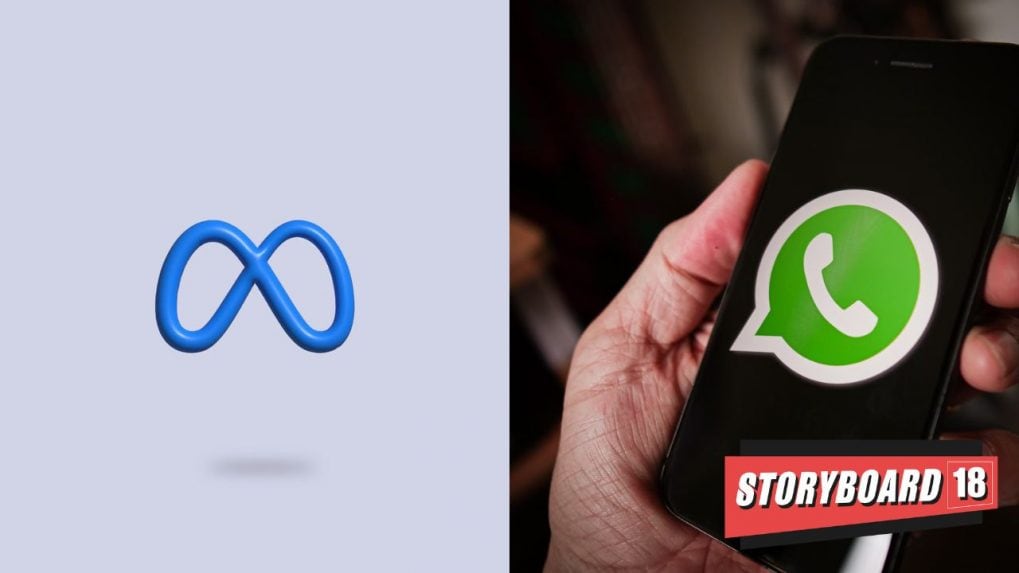₹2,000-crore AdEx Black Hole: Meta, Broadcasters stare at RMG ban fallout
RMG operators including Dream11, My11Circle, WinZO, Zupee, A23, Junglee Rummy, and MPL have consistently ranked among the country’s most aggressive advertisers.
ADVERTISEMENT
The government’s proposed Promotion and Regulation of Online Gaming Bill, 2025 threatens to unleash one of the most severe shocks India’s advertising industry has seen in recent years. If the bill passes, the blanket ban on Real Money Gaming (RMG) could wipe out nearly ₹2,000 crore in annual advertising expenditure, gutting marketing budgets and dealing a devastating blow to broadcasters, OTT platforms, and digital giants such as Meta and Google.
RMG operators including Dream11, My11Circle, WinZO, Zupee, A23, Junglee Rummy, and MPL have consistently ranked among the country’s most aggressive advertisers. These platforms have spent heavily across television, digital, and sports sponsorships, particularly during high-stakes cricket seasons like the IPL. Their withdrawal from the advertising ecosystem would not only end a significant source of revenue for media companies but also destabilize the broader marketing value chain.
According to Nikhil Kumar, Chief Growth Officer at mediasmart (an Affle company), “RMG currently accounts for 2.8–3.7% of India’s total advertising pie, a relatively modest share but one with exceptional growth momentum driven by mobile adoption, digital payments, and a rising gaming culture in tier-2 and tier-3 markets.” He added, “While RMG ad spends are still mid-single-digit as a percentage of the total market, the growth trajectory is compelling. However, policy shocks like a 28% GST are already squeezing margins, forcing companies to rethink their acquisition spends and shift towards performance-led campaigns.”
The danger is particularly acute for digital platforms, with Meta standing in the direct line of fire. Vipul Kedia, COO of India and Emerging Markets at Affle, said RMG brands are “predominantly digital-first,” with the lion’s share of spending flowing to Meta, Google, programmatic DSPs, connected TV, OEM platforms, and in-app advertising for precision targeting and measurable performance.
Ambika Sharma, Founder of Pulp Strategy, explained, “Real Money Gaming has been one of the fastest growing categories in Indian AdEx over the last few years, contributing roughly 6 to 8 percent of overall digital ad spends. The majority, close to 75 percent, goes to digital platforms with heavy focus on performance-led spends across Meta, Google, programmatic, and influencer marketing. Television, especially sports and live events, still takes around 20 percent, with the remainder on outdoor and radio for regional reach.” She further added that in FY25, RMG AdEx grew by an estimated 15 to 18 percent over FY24, driven by aggressive customer acquisition and retention campaigns.
Yasin Hamidani, Director, Media Care Brand Solutions, said, “RMG leans into Digital for precision targeting, fast optimization, LTV-based bidding, and compliance gating (now including Meta). TV/OTT are used for credibility and mass reach—especially around cricket where category salience peaks. OOH/Radio support city-level performance pushes and festival bursts. This balance reflects policy opening on social plus TAM’s evidence of seasonal TV spikes.”
Hamidani further stated that indicatively: “65–80% Digital (Meta/Google, affiliates, influencers/programmatic) given targeting/attribution; 15–25% TV/OTT (concentrated around cricket/elections for scale/trust); 5–10% OOH/Radio (regional bursts, app installs, KYC reminders). Mix has tilted further to Meta after policy changes; TV surges during IPL. Figures are industry estimates synthesizing policy and seasonal data.”
Experts fear this growth story could be abruptly cut short. The category’s spends spike sharply during cricket seasons—particularly IPL—where it accounted for around 18 percent of ad volume in the “E-comm-Gaming” segment on TV. “If the Supreme Court delivers an adverse verdict, the fallout won’t just hurt gaming companies—it will send shockwaves across television, OTT, and digital platforms, drying up one of the most aggressive ad-spending categories,” experts warned.
Meta had only recently revised its advertising policy to permit RMG operators in India to advertise on its platforms, a move that was widely welcomed by the gaming industry. Experts had anticipated the policy change could lead to a 30 percent surge in ad spending by RMG operators, primarily directed toward Meta’s Facebook and Instagram. Meta India’s ad revenue had already climbed 24 percent to ₹22,730 crore in FY24, while Google India’s ad revenue grew by 11 percent to ₹31,221 crore in FY24 from ₹28,040 crore in 2023.
Meta’s policy outlines a comprehensive list of gaming types that require written approval, including betting, lotteries, raffles, casino games, fantasy sports, bingo, poker, skill-based tournaments, and sweepstakes. Games involving monetary rewards—whether cash or digital currency like Bitcoin—also fall within this purview.
Even advertisements directing users to landing pages containing promotional content for such games must obtain approval, irrespective of whether the platform allows direct gameplay. To secure Meta’s approval, advertisers must formally apply and provide evidence that their gaming operations are legally authorized in the jurisdictions they intend to target. They must also adhere to strict targeting parameters, including age-gating content to prevent access by individuals under 18.
With the government set to table the bill in the Lok Sabha today, India’s advertising and gaming industries are bracing for a potential policy shock. For Meta, the timing could not be worse. Just as the company opened its gates to RMG advertisers and positioned itself for a surge in revenues, policy uncertainty may slam them shut, erasing billions from its India growth story.
The outcome of this legislation could decide whether India’s advertising sector continues its digital boom or plunges into a policy-inflicted slowdown led by a ₹2,000 crore wipeout in advertising expenditure.
Read More: Meta’s policy shift could spark 30% surge in RMG ad spending in India
Read More: EXCLUSIVE: After Google and Meta, Samsung to open doors for Real Money Gaming apps


